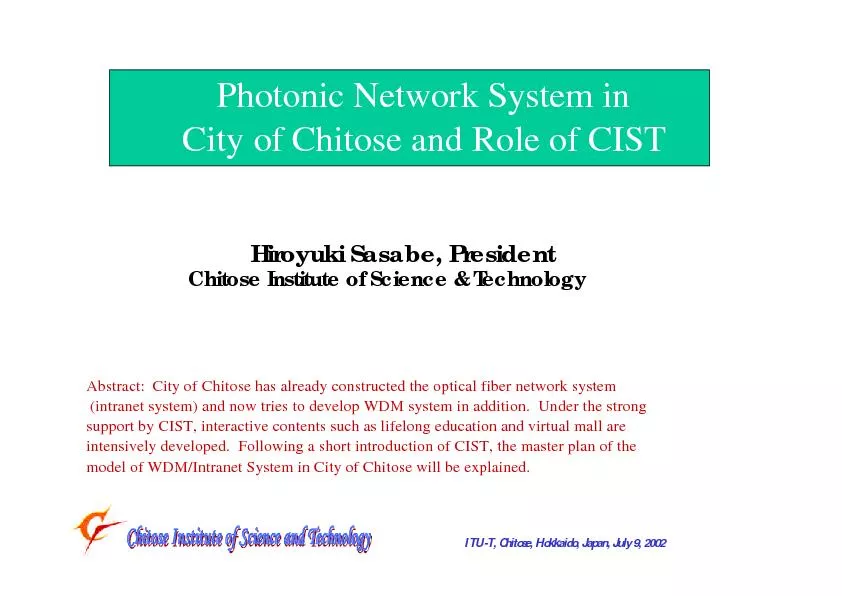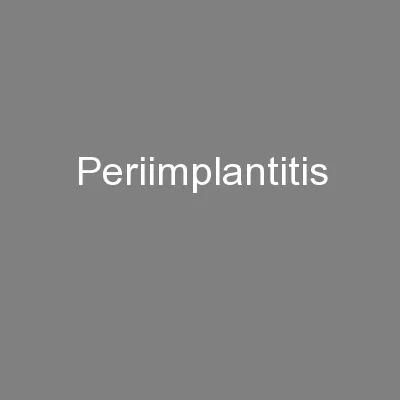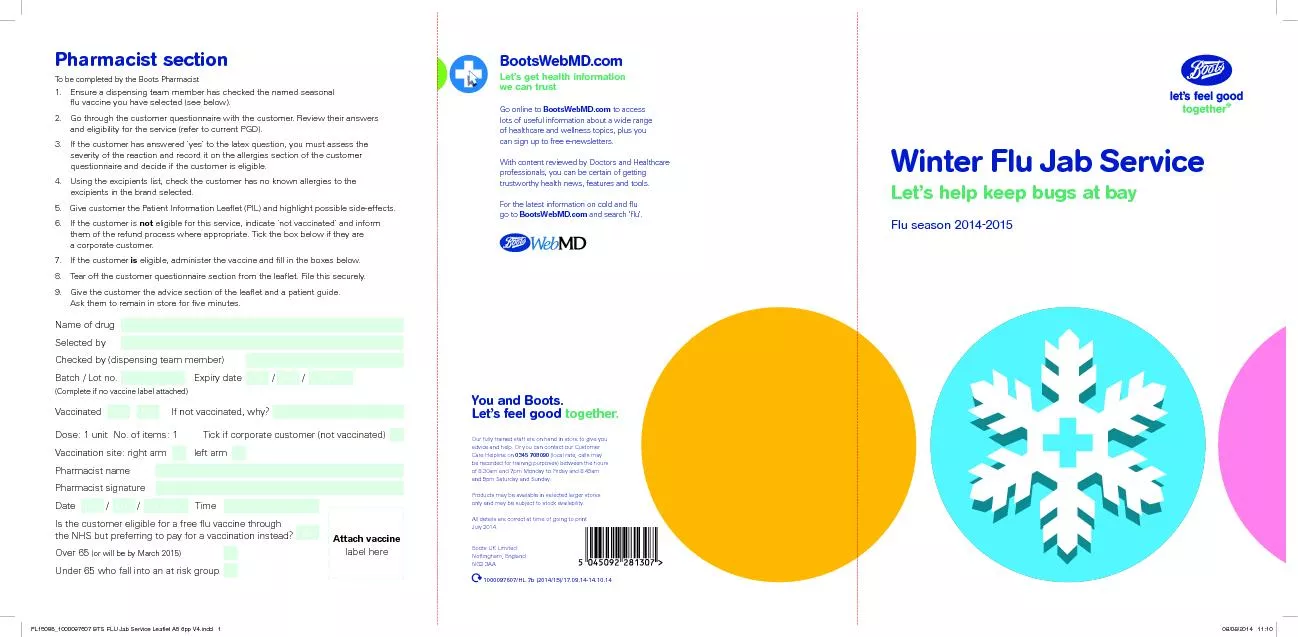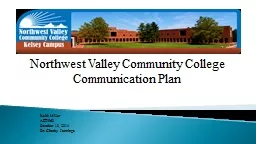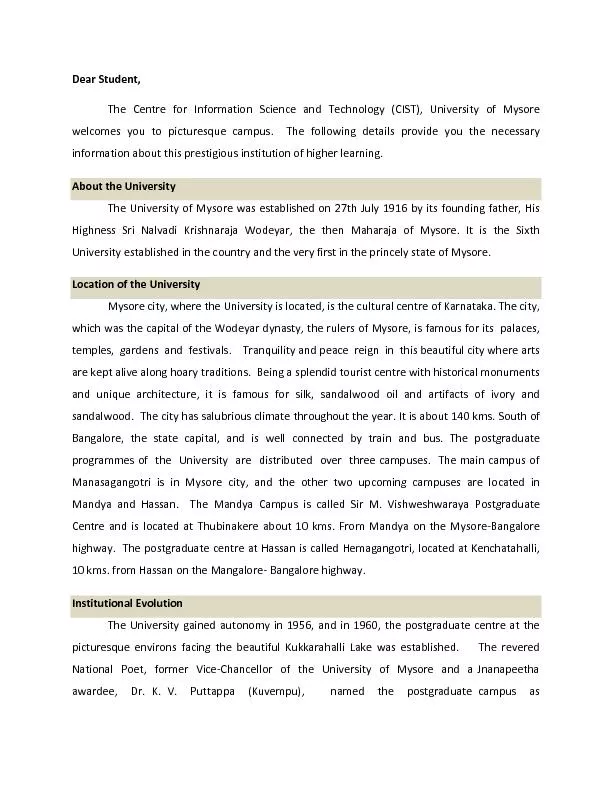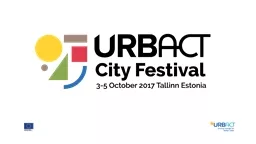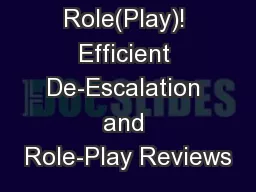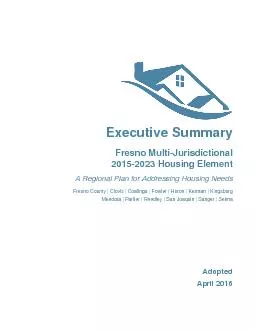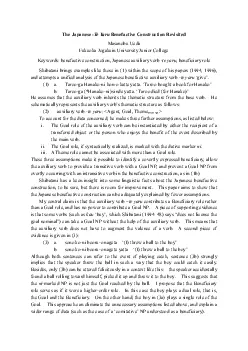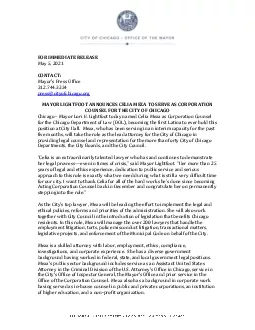PDF-PhotonicNetwork System in City ofChitoseand Role of CIST
Author : briana-ranney | Published Date : 2016-05-20
Major Projects inChitose Chitose Industrial Complex Chitose Science ParkNew Chitose AirportCISTChitose Bibi WorldChitose Office Arcadia Chitose Delivery ComplexChitose
Presentation Embed Code
Download Presentation
Download Presentation The PPT/PDF document "PhotonicNetwork System in City ofChitose..." is the property of its rightful owner. Permission is granted to download and print the materials on this website for personal, non-commercial use only, and to display it on your personal computer provided you do not modify the materials and that you retain all copyright notices contained in the materials. By downloading content from our website, you accept the terms of this agreement.
PhotonicNetwork System in City ofChitoseand Role of CIST: Transcript
Download Rules Of Document
"PhotonicNetwork System in City ofChitoseand Role of CIST"The content belongs to its owner. You may download and print it for personal use, without modification, and keep all copyright notices. By downloading, you agree to these terms.
Related Documents

